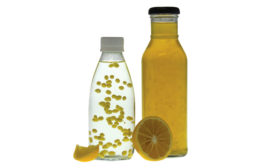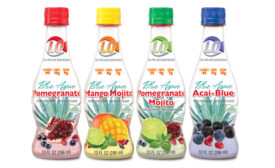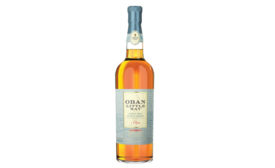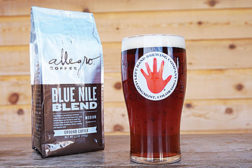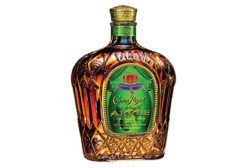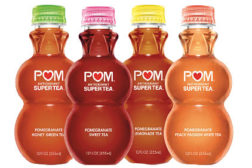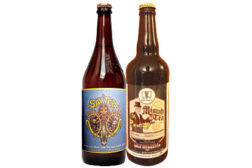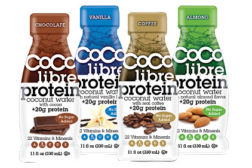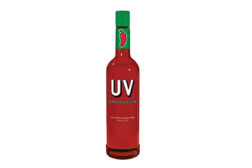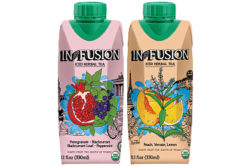Ingredient Spotlight
Exotic fruits tap into health and wellness trends
Beverages key delivery vehicle to explore exotic flavors
May 15, 2015
Growth in craft beer, spirits markets fuels hops and malts usage
Expanding regions, flavor companies can defray supply chain issues
April 15, 2015
Craft brewers experiment with coffee flavors
Left Hand Brewing Co. crafts coffee flavor into a lighter beer style
March 16, 2015
Apple finds resurgence with varietal flavors
Alcohol categories helping to fuel apple's expansion
February 16, 2015
Beverages offer key delivery vehicle for antioxidants
Antioxidant fortification will be important as population ages
January 16, 2015
Tea ingredients expand into most beverage categories
Consumers seek premium, brewed ingredients
December 16, 2014
Protein use in beverages up 10 percent
Protein blends offer improved muscle recovery benefits
November 17, 2014
Spicy ingredients continue to trend across beverage categories
Consumers now interested in specific chili varietals
October 16, 2014
Function rated No. 1 for botanicals usage in beverages
Botanicals offer natural, healthful alternatives to artificial ingredients
September 15, 2014
Elevate your expertise in the beverage marketplace with unparalleled insights and connections.
Join thousands of beverage professionals today. Shouldn’t you know what they know?
JOIN NOW!Copyright ©2025. All Rights Reserved BNP Media.
Design, CMS, Hosting & Web Development :: ePublishing
